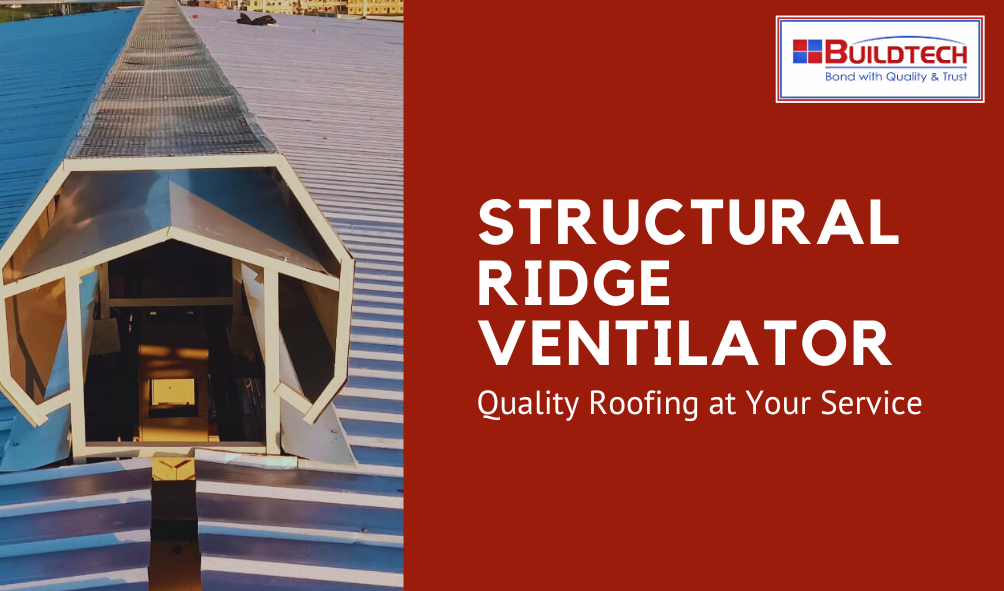Are All Ridge Vents the Same? A Comprehensive Guide for Industrial, Residential, and Small Business Owners
Introduction
Ridge vents are essential to the upkeep of roofing systems in a variety of building types, including residential houses and commercial buildings. Ridge vents are an essential part of ventilation systems that assist control the moisture and temperature in attics and roof spaces. However, all ridge vents are not made equal. This article will examine the various kinds of ridge vents that are available, their uses, and the characteristics that make them unique, offering small company, residential, and industrial owners insightful information.
What Are Ridge Vents?
110 words
The ridge vents are types of passive ventilation systems installed along the ridge line on roofs. These are installed for the escape of moist, warm air from the attic or roof space and do not allow entry of moisture and debris. The protective cap, used mostly to cover the ridge vents as a barrier, allows entry but not rain and snow, making it an important feature in maintaining a balanced ventilation system.
Types of Ridge Vents
- Standard Ridge Vents: The most common type of vent installed in residential construction. They are designed to provide continuous venting along an entire ridgeline. Because of this, it allows for excellent airflow. These vents can be installed on any sort of roof and are usually made from such durable materials as polycarbonated or steel.
- Industrial Ridge Ventilators: Commercial and industrial buildings of greater size are the intended use for industrial ridge ventilators. Because of their larger airflow capacities, these vents are appropriate for usage in settings like factories, industrial plants, and warehouses. Industrial ridge ventilators frequently have reinforced structures to endure inclement weather and frequent use.
- Structural Ridge Ventilators: Structural ridge ventilators become an integral part of the actual roof structure, hence less intrusive. They help in improving the strength and overall life of the roof while providing positive ventilation; typically utilized in large commercial and agricultural buildings.
- Low-Profile Ridge Vents: TLow-Profile Ridge Vents These are vents that run at a low profile than the standard ridge vent. They are closer to the roof line. That is, more stable for a sleek look. The use of these vents is extensive on residential buildings where aesthetic appeal forms a major concern.
- Wind-Driven Ridge Vents: These vents rely on natural wind patterns to enhance airflow. The wind-driven ridge vent is designed to improve ventilation by exploiting existing winds hence, might be appropriate for sites with prevailing winds.
Benefits of Ridge Vents
Improved Ventilation
One of the primary benefits of ridge vents is their ability to improve ventilation in attics and roof spaces. By allowing hot, humid air to escape, ridge vents help maintain optimal indoor temperatures and reduce the risk of moisture buildup. This is important in climates with high humidity and extreme temperatures.
Energy Efficiency
Ridge vents contribute to energy efficiency by reducing the need for air conditioning. Proper ventilation helps regulate indoor temperatures, allowing homeowners and business owners to rely less on mechanical cooling systems. This can lead to significant energy savings and lower utility bills over time.
Moisture Control
Excess moisture in attics can lead to a range of problems, including mould growth, wood rot, and structural damage. Ridge vents help control moisture levels by allowing humid air to escape, reducing the likelihood of these issues. This is important for industrial facilities that may house sensitive equipment and materials.
Enhanced Roof Lifespan
Proper ventilation can extend the lifespan of a roof by preventing heat buildup and moisture accumulation. Ridge vents help maintain a balanced environment, reducing the risk of damage to roofing materials and underlying structures. This can result in fewer repairs and replacements over time.
Aesthetic Appeal
Ridge vents can be designed to blend seamlessly with the building’s architecture, enhancing overall aesthetic appeal. With various styles and materials available. property owners can choose ridge vents that complement their roofs while providing essential ventilation.


Pingback: What is a ridge ventilation system? - Roofing Agency